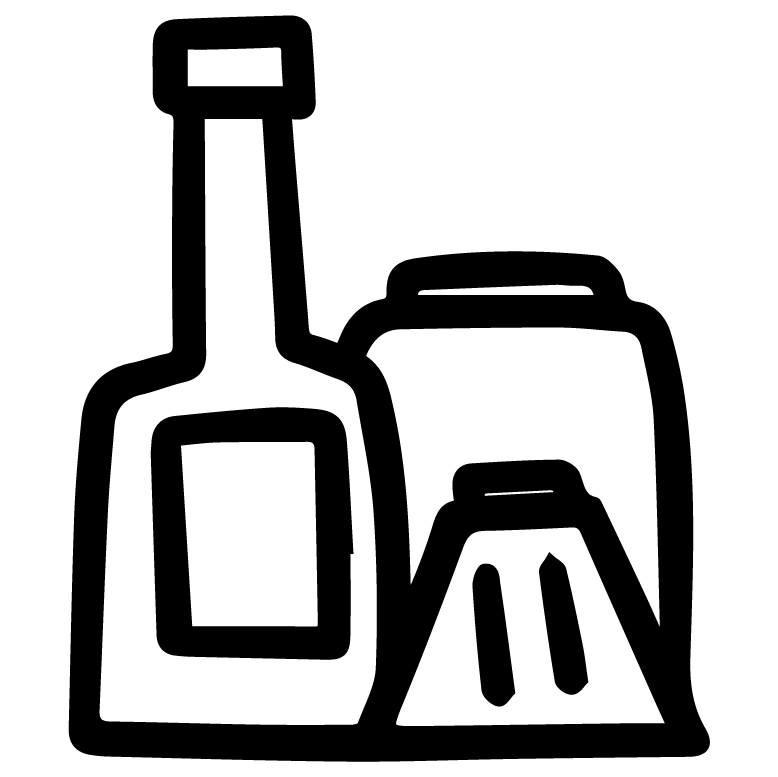How Pistachios Are Grown and Harvested: A Nut Lover’s Guide
Fresh Basket Nationwide: Your Source for Quality Pistachios
Before we dive into the journey of how pistachios are grown and harvested, let’s talk about where you can get the freshest ones in Pakistan. Fresh Basket Nationwide is one of the most trusted names when it comes to premium dry fruits. From farm to table, the brand ensures each nut maintains its natural taste, texture, and nutrients. Their pistachios are sourced with care, packaged with hygiene in mind, and delivered straight to your door.
Now let’s explore how these little green gems go from the orchard to your snack bowl.
The Origins of Pistachios
Pistachios have been cultivated for thousands of years. Originally grown in the Middle East and Central Asia, these trees have adapted to various climates around the world. Today, Iran, the United States, and Turkey are the biggest producers globally.
In Pakistan, demand for pistachios is growing fast, especially during winters. They’re a favorite in traditional sweets, desserts, and daily snacking. No matter where they come from, the process of growing pistachios is long, detailed, and pretty fascinating.
The Life of a Pistachio Tree
Pistachio trees are hardy, drought-tolerant, and slow-growing. They prefer hot, dry summers and cool winters. Here’s how their life begins:
Planting and Early Years
Pistachio trees are usually planted in spring. Farmers begin with saplings, carefully spacing them apart to allow room for growth. These trees are dioecious—meaning male and female flowers grow on separate trees. One male can pollinate up to 10–15 female trees.
Patience is key. It takes about 5–7 years before a pistachio tree starts producing nuts. But once mature, the tree can bear fruit for over 50 years!
Flowering and Pollination
In spring, the trees bloom. Pollination mostly happens through wind. Unlike other fruit trees, pistachios don’t rely on bees or insects. Male trees release pollen into the air, which fertilizes the female flowers.
This stage is crucial. Without successful pollination, there are no nuts. Farmers monitor the weather closely during this period, as rain or storms can affect pollen spread.
From Bud to Nut
Once fertilized, small green shells start to form. These are the early pistachios. Over the summer months, the shells grow larger, and the nut inside begins to develop. The outer skin, called the hull, stays green at first.
By late August or early September, the hull changes color—turning reddish or light pink. That’s a sign the nuts are almost ready for harvest.
Harvesting Time
This is where things get exciting. Harvesting pistachios is both an art and a science.
Manual vs. Mechanical Harvesting
Traditionally, pistachios were harvested by hand. Farmers would lay nets under trees and shake the branches. Today, large orchards use machines that gently shake the tree trunks to drop the nuts.
Once collected, the pistachios must be processed quickly. If left too long in the hull, they can develop stains or spoilage. Speed matters here.
Processing the Nuts
Freshly harvested pistachios go through several steps:
1. Hulling
The outer hull is removed within 24 hours to prevent staining and mold.
2. Washing
Pistachios are washed to remove any dirt or residue.
3. Drying
This is a key step. The nuts are sun-dried or machine-dried to reduce moisture and prevent spoilage.
4. Roasting (Optional)
At this stage, some pistachios are roasted and salted. Others are left raw for health-conscious buyers.
5. Grading and Sorting
Finally, the pistachios are sorted by size and quality. Only the best make it to premium packaging brands like Fresh Basket Nationwide.
Health Benefits of Pistachios
It’s not just about taste. Pistachios are loaded with health benefits:
-
High in protein and fiber
-
Rich in antioxidants
-
Good for heart health
-
Help regulate blood sugar levels
-
Aid in weight management
Whether you add them to your morning oats or eat a handful as a snack, pistachios are a healthy choice. With Fresh Basket Nationwide, you can trust you're getting the best in terms of both quality and nutrition.
Pistachios in Pakistani Kitchens
From baklava and kulfi to energy bars and salads, pistachios in Pakistan plays a big role in cooking. Crushed pistachios are a must-have garnish for sweets like kheer, gulab jamun, and halwa. They’re also a star ingredient in nut mixes served to guests during Eid and weddings.
Choosing the Right Pistachios
When shopping for pistachios, consider these tips:
-
Color: Look for vibrant green nuts with beige shells.
-
Texture: They should feel firm, not soft or rubbery.
-
Shell Condition: Avoid overly stained or closed-shell pistachios.
-
Source: Buy from reliable brands like Fresh Basket Nationwide for consistent quality.
The Role of Packaging in Freshness
Packaging matters more than you think. Good packaging keeps pistachios fresh by protecting them from moisture, air, and insects.
At Fresh Basket Nationwide, all nuts are packed in resealable, airtight pouches. This locks in freshness and makes storage easy. Whether you buy in small quantities or stock up in bulk, their packaging guarantees long shelf life.
Pistachios and Sustainability
One thing many people don’t know is that pistachio farming is considered eco-friendly. The trees require less water than many other crops and thrive in harsh climates. They also prevent soil erosion.
By supporting ethical brands like Fresh Basket Nationwide, you’re encouraging responsible farming practices and sustainable supply chains.
Final Thoughts: A Nut Worth the Wait
Pistachios take years to grow and just minutes to enjoy. But every step of the journey—from tree planting to harvest and packaging—affects the taste and quality of the final nut.
For nut lovers in Pakistan, there's no better choice than Fresh Basket Nationwide. Whether you’re snacking, baking, or gifting, their pistachios are top-tier in flavor, freshness, and health benefits.
So the next time you wonder what goes into that delicious crunch—remember this guide, and savor your pistachios with a new appreciation.




























